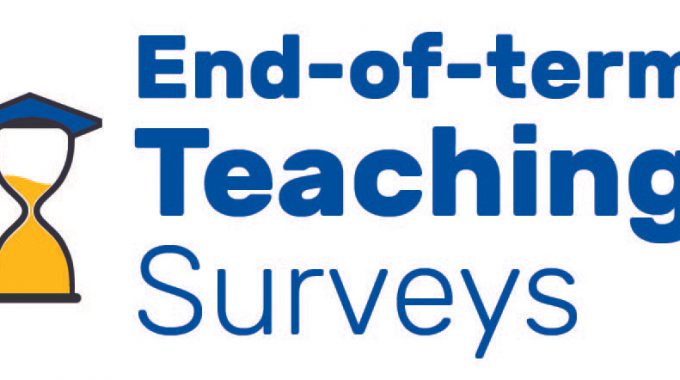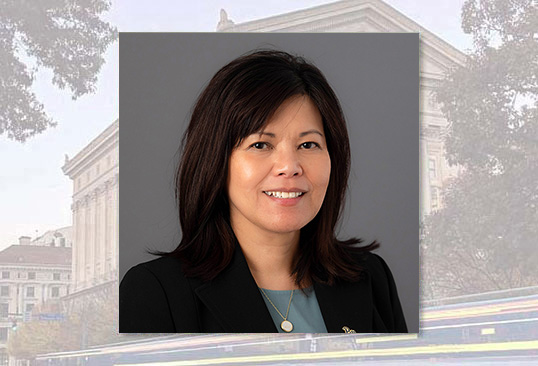Digital Equity and the Classroom
Many of us take a fast and steady internet connection for granted. We go about our day hopping between wi-fi signals across campus and in our residences, some of the buses we take to campus even offer hotspots. However, there are those in the University of Pittsburgh community who are not so fortunate, and access to a high-speed internet connection is a luxury not available at home and sometimes, even in campus classrooms.
There are urban areas in Pittsburgh where internet is widely available, but the cost is prohibitive, so residences are left unconnected. And in rural areas, such as where several of the university’s regional campuses are located, there is a lack of the infrastructure needed to deliver the reliable, high-speed internet commonly used for video calls, online learning, basic research, and file sharing.
Experts in the telecommunications industry view these disparities as a so-called “digital divide.” In November 2021, the Biden-Harris Administration included funding to address this in the Bipartisan Infrastructure Investment and Jobs Act, providing $42.5 billion for the Broadband, Equity, Access and Deployment Program (BEAD). There is another $2.75 billion included in the Digital Equity Act. BEAD is meant to assist all US states, tribal areas, and territories with funding the expansion of infrastructure to carry broadband internet into homes, schools, and businesses. The Digital Equity Act is meant to help those who need it to learn the skills necessary for using the internet safely, and in ways that are meaningful to them.
The University of Pittsburgh has been offering both services and guidance in this area. The Office of Engagement and Community Affairs (ECA) represented the university in the Allegheny County and City of Pittsburgh’s “Pittsburgh Digital Equity Coalition” (PDEC), first convened in October of 2022. The university’s ECA and other regional partners have helped the PDEC publish a five-year plan for the region to provide strategic guidance on closing the digital divide.
The university’s Department of Information Technology has participated in coalitions and working groups fostering statewide and regional community discussion and input on this critical matter. This includes keeping open communication with the Pennsylvania Broadband Development Authority (PBDA), The PBDA is responsible for administering Pennsylvania’s BEAD award of $1.16 billion across the Commonwealth. Additionally, Pitt IT is continually engaging and listening to the voices and needs of nonprofits, community groups, municipalities, and local and regionally owned Internet Service Providers. In April 2022, Kate Ulreich, a Pitt IT Engagement Leader, worked with many university partners, including ECA and the Office of Government Relations and Advocacy, to assemble statewide experts for the Pennsylvania Broadband Symposium, hosted at the Pittsburgh campus.
More work must be done, though, to ensure that each university classroom – in Pittsburgh and at every regional campus – has high speed connectivity for its faculty, staff, and students. More must be done to ensure that those connections follow people beyond campus to their homes, where they study, collaborate and do research.
The PBDA will begin accepting applications for BEAD-funded infrastructure developments in 2024. Currently, it has published a draft of its statewide digital equity plan. This plan is open for public comment until January 8th. The ECA, IT Department, Center for Teaching and Learning, and other university teams are reviewing these plans and working with partners to help build a well-connected region where every home that chooses to can have access to affordable, high-speed internet, feel safe using it, and have the devices and technical support they need to do so.
Chris Field – Pitt IT’s Digital Equity & Inclusion Coordinator – says he will continue working alongside his colleagues, and sharing learnings with statewide partners and regional groups, to help position the University of Pittsburgh as a statewide leader on broadband and digital equity planning and policy.
Sera Mathew, Director for Equitable and Inclusive Teaching at the University Center for Teaching and Learning, highlights two important considerations when thinking about equity in the context of broadband access. First, it is essential to consider the difference between digital inclusion and digital equity. Drawing on the definitions laid out by the National Digital Inclusion Alliance, the simplest way to think of the intersection of these two terms is that Digital Equity is the “what” (goals), and Digital Inclusion is the “how” (activities) (NDIA, 2023). Thus, according to this distinction, robust broadband access is necessary to enhance digital inclusion and subsequently create a digitally equitable society in which all have the information technology capacity needed for full participation in our community, democracy, and economy (NDIA, 2023). Second, in higher education, broadband expansion connects and expands access to educational opportunities for students from underserved communities. However, it is essential to recognize how socioeconomic status and the urban/rural divide contribute to translating these educational opportunities for students into equitable educational outcomes.



